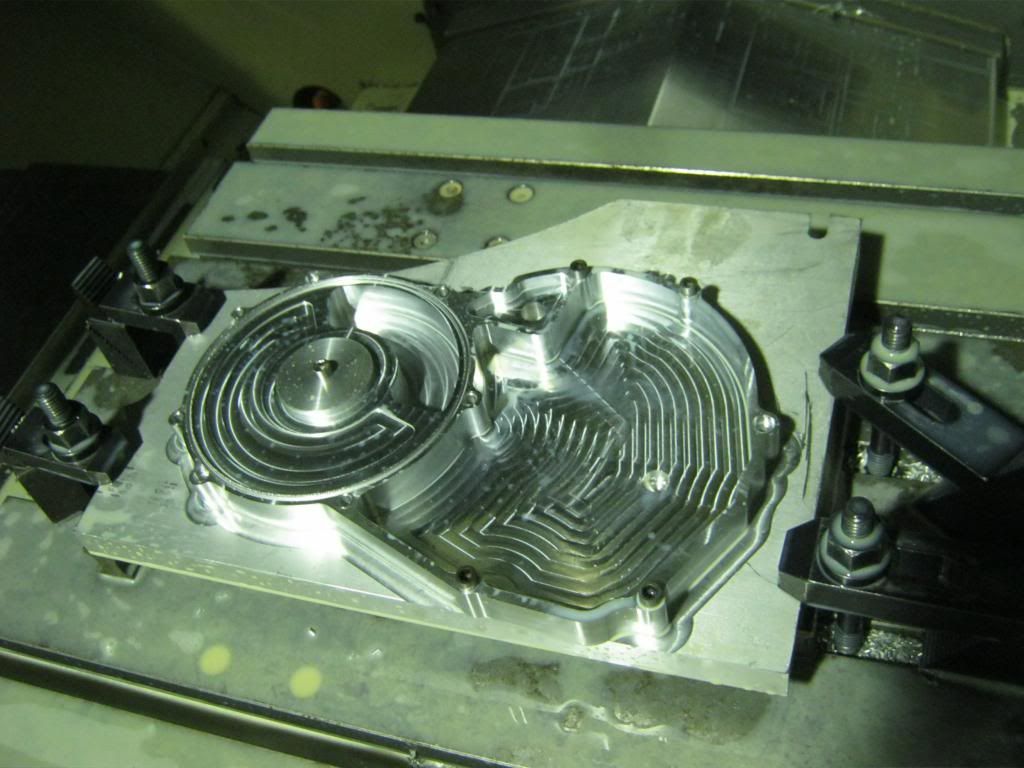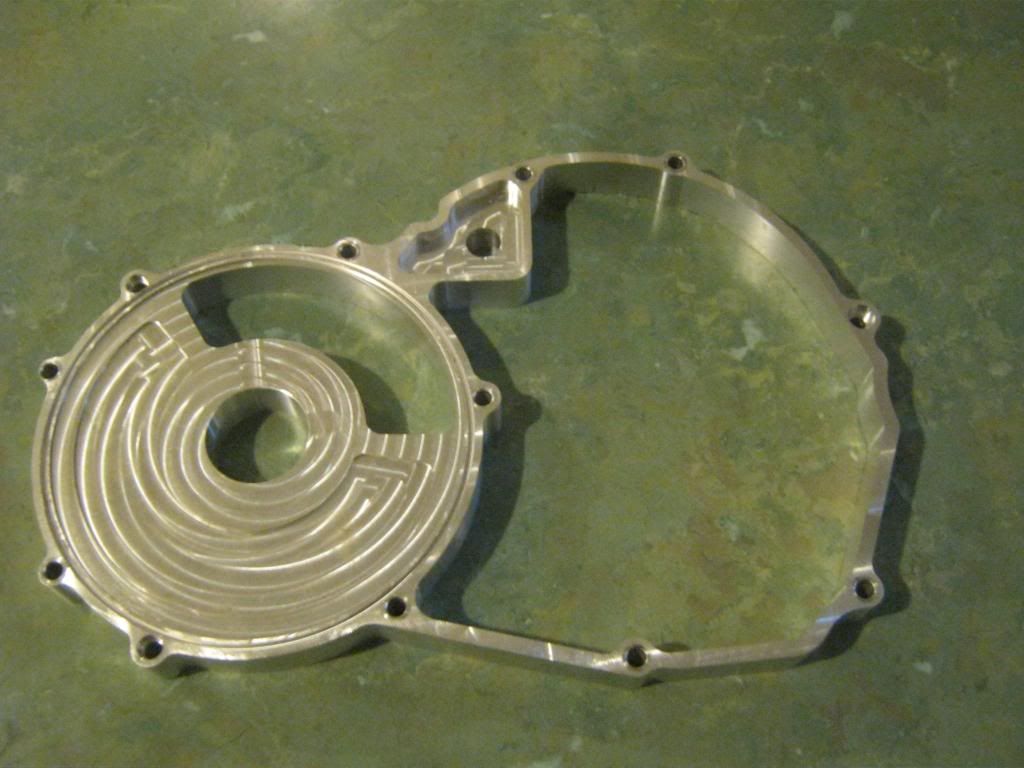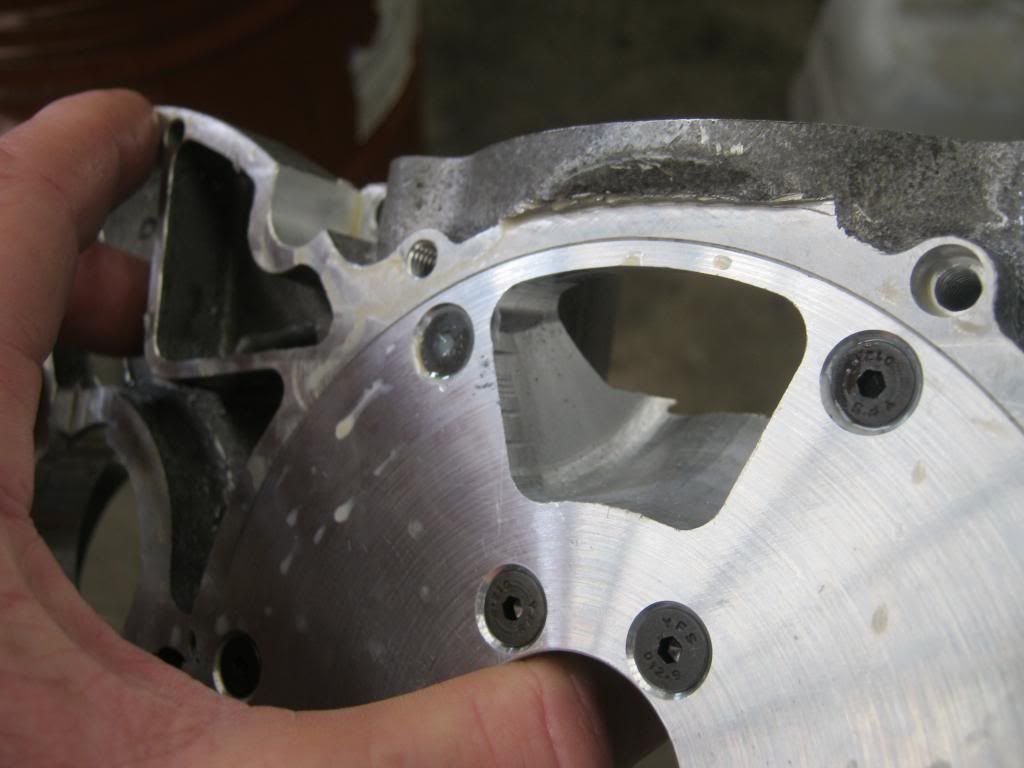In the 1950s, flywheel-powered buses, known as gyrobuses, were used in Yverdon, Switzerland and there is ongoing research to make flywheel systems that are smaller, lighter, cheaper and have a greater capacity. It is hoped that flywheel systems can replace conventional chemical batteries for mobile applications, such as for electric vehicles. Proposed flywheel systems would eliminate many of the disadvantages of existing battery power systems, such as low capacity, long charge times, heavy weight and short usable lifetimes. Flywheels may have been used in the experimental Chrysler Patriot, though that has been disputed.[16]
Flywheels have also been proposed for use in continuously variable transmissions. Punch Powertrain is currently working on such a device.[17]
During the 1990s, Rosen Motors developed a gas turbine powered series hybrid automotive powertrain using a 55,000 rpm flywheel to provide bursts of acceleration which the small gas turbine engine could not provide. The flywheel also stored energy through regenerative braking. The flywheel was composed of a titanium hub with a carbon fiber cylinder and was gimbal-mounted to minimize adverse gyroscopic effects on vehicle handling. The prototype vehicle was successfully road tested in 1997 but was never mass-produced.[18]
In 2013, Volvo announced a flywheel system fitted to the rear axle of its S60 sedan. Braking action spins the flywheel at up to 60,000 rpm and stops the front-mounted engine. Flywheel energy is applied via a special transmission to partially or completely power the vehicle. The 20 centimetres (7.9 in), 6 kilograms (13 lb) carbon fiber flywheel spins in a vacuum to eliminate friction. When partnered with a four-cylinder engine, it offers up to a 25 percent reduction in fuel consumption versus a comparably performing turbo six-cylinder, providing an 80 hp boost and allowing it to reach 100 kilometres per hour (62 mph) in 5.5 seconds. The company did not announce specific plans to include the technology in its product line.






 Reply With Quote
Reply With Quote But getting some sort of drive, possibly hydraulic, back from the front wheel to a generator midships would be a start. Hydraulics aren't spectacularly efficient, but recovering say 80% of that energy is probably worth at least the 3-4 kg worth of pump/motor. If you can use it.
But getting some sort of drive, possibly hydraulic, back from the front wheel to a generator midships would be a start. Hydraulics aren't spectacularly efficient, but recovering say 80% of that energy is probably worth at least the 3-4 kg worth of pump/motor. If you can use it.









Bookmarks